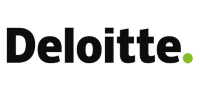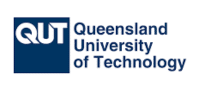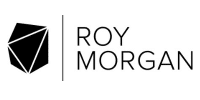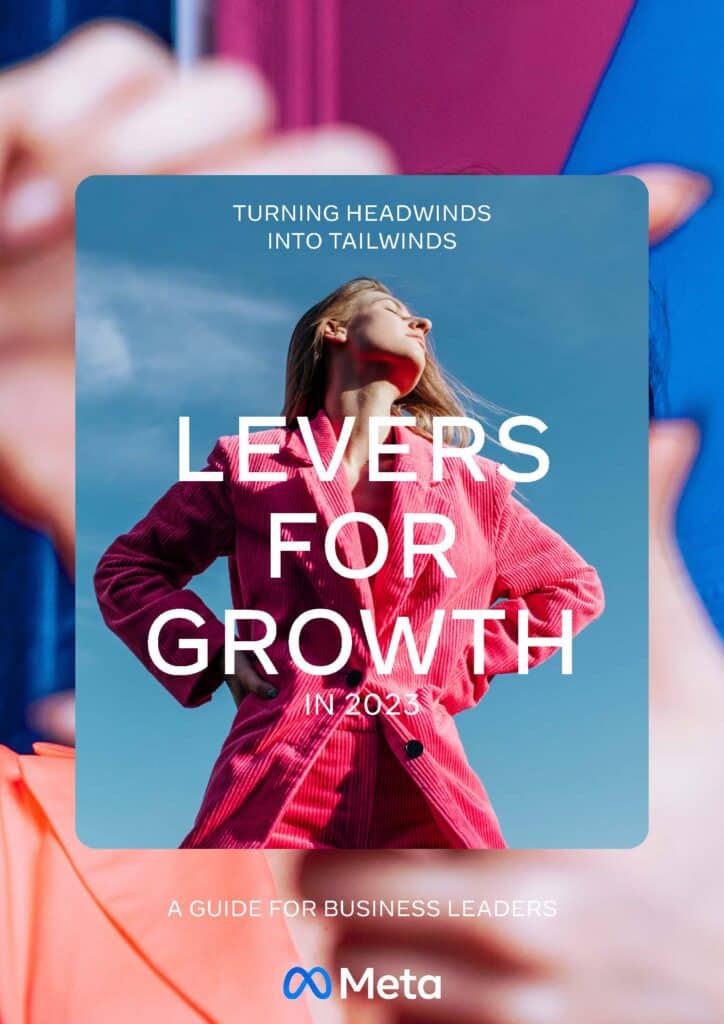Retail
Marketing
As we all navigate uncertain times, marketers will be re-examining strategies to understand how best to find success in a more competitive climate. And with economic forecasts predicting a recession, it’s more important than ever to understand how to keep businesses thriving. This report will focus on the levers that can be pulled to drive long-term success for brands, providing additional growth opportunities.
Levers for Growth in 2023
ARA Partner

Businesses which utilise these tools and adequately prepare in the coming months will be able to capitalise on this approaching growth opportunity, building success for many years to come.
This year, all businesses are expecting to operate in a climate of some economic uncertainty. These external pressures will need to be balanced with an evolution in how marketing can best reach consumers.
Yet, despite these tensions, there are significant opportunities for growth. Businesses often already have assets on hand that they can use not only to connect with existing customers, but reach entirely new audiences in a more competitive economic climate.
Used correctly, these tools can be embedded within a business’ strategies and provide growth for years to come.
Maximising first-party data
A tool that can enable businesses to deliver customer-centric and personalised experiences, all with the aim of improving performance.
Embracing digital branding
Achieving long-term value alongside individual sales is a balance businesses may struggle to meet. Utilising a performance mindset while implementing brand marketing may be the key not only to meeting this challenge, but unlocking new growth.
Adopt a test-and-learn mindset
Relying on just algorithms is no longer enough when it comes to making smarter decisions and increasing campaign efficiencies. Prioritising experimentation, on the other hand, will help businesses optimise the strategies that perform best
Doing more with less -
AI and Machine Learning
Machine learning and advanced AI was one of the leading themes for fuelling sustainable growth. According to Kate Young, Head of Customer Centricity & Capability at ANZ: “When we leverage machine learning, we can deliver so much more to our customers in an efficient and effective way.”
Machine learning can help brands find new customers, or grow or retain existing ones, while keeping costs down.
“It’s about getting the most out of everything we have, through automation and scale, and especially in times of uncertainty,” says Mandy Eyles, Regional Vice-President Partnerships, Asia-Pacific Japan, Tealium.
A lot has been said about rising costs across nearly every industry, but when it comes to media, the more pertinent question is, ‘Are you doing as much as you can to keep costs down?’
Working with smart, auction-based platforms and understanding how to leverage their machine learning is a great way to drive higher return on investment (ROI). This mechanism allows buyers to manage costs via a number of factors.
The process is similar to driving a car on the motorway with the hope of getting to your destination as quickly as (legally) possible. The fuel (including bidding, quality of data or creative quality) will help power the engine. The better the fuel quality, the better the performance.
But this power is only useful if the motorway is fully open and the speed limit is not throttled. In this metaphor, the lanes and speed limits are the targeting, frequency and placements. Allowing them maximum freedom to move means the journey will be shorter. Without the right fuel though, the car can only drive a fraction of its potential. Without opening up the motorway, the fuel type is irrelevant. A powerful combination of these factors can help support a brand’s machine learning strategy, ensuring it can be both cost efficient and effective.
For example, Meta Advantage’s ‘Detailed Targeting Expansion’ can help improve campaign performance by allowing the system to reach a broader group of people than initially defined. When Detailed Targeting Expansion is used, marketers see 37% lower median cost per incremental conversion than when not used1.
Campaigns that are optimised for conversion also see an average of 71% lower cost per purchase than campaigns optimised for ‘Link Click’, which are the number of clicks on links within the ad that lead to advertiser-specified destinations2.

“When we leverage machine learning, we can deliver so much more to our customers in an efficient and effective way”
Kate Young – Head of Customer Centricity & Capability, ANZ
Controls in a smart auction
First-party data and machine learning are intrinsically linked – capitalising on this relationship is essential for all growth-minded marketers.
“We use first-party data to get closer to what we think is right,” adds Rob Ward, Co-Founder & CGO of Quad Lock. “It can really effectively load up the machine.”
A lot has been said about the need to grow first-party data. In fact, the global customer data platform (CDP) market is expected to rise from US$1.42 billion in 2022 to US$6.94 billion by 20293. But first-party data needs supplementing in order to unlock incremental growth.
“It’s helped us accurately predict a customer’s lifetime value,” says Dan Ferguson, CMO of Adore Beauty.
“Once we know that, we can decide how we invest in the customer.”
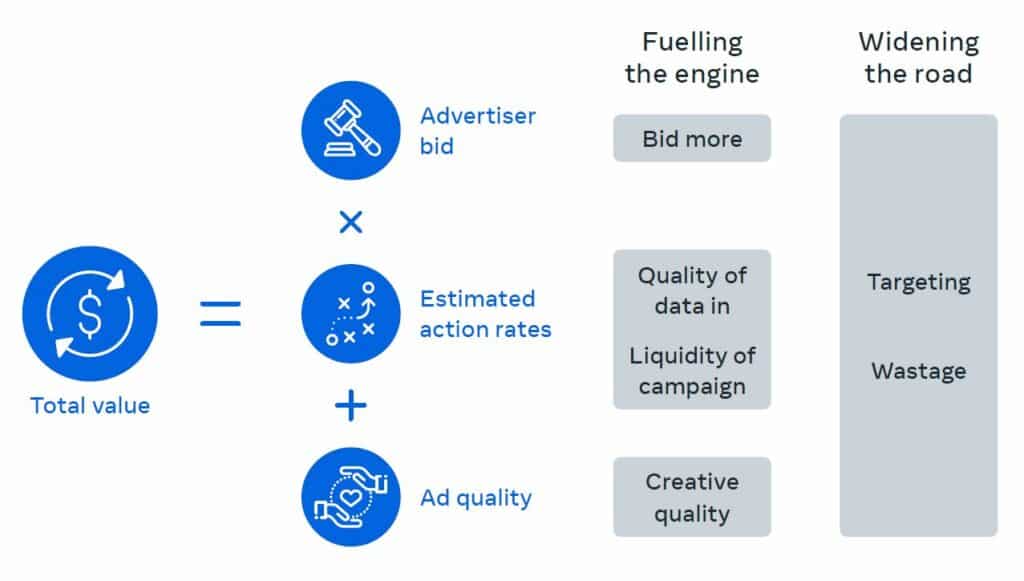
Advertisers need to think more broadly than retention. Limiting applications to owned channels such as EDMs or websites prove to plateau quickly. Having a data strategy that includes paid channels with machine learning and unlocking holistic measurement is crucial.
Mandy Eyles, Regional Vice President (Partnerships) at Tealium explains that adopting a CDP can improve operational efficiency and achieve organisational future-readiness.
“Our research grants marketers the benefit of foresight through AI-powered predictive analytics to automate the activation of trusted data for CX performance,” she says. “This enables marketers to do more with less, while simultaneously improving the brand experience and conversion rate.”
Machine learning can be a key to unlocking incremental growth through first-party data. When coupled with the smart auction-based tools, buyers can also achieve more control and higher optimisation.
First-party data is so powerful that Kate Clark, Senior Brand Marketing Manager at Felix Mobile, called it the “holy grail”.
“It can help people trust you enough that they consider and eventually convert”, she adds.
“First-party data can help people trust you enough that they consider and eventually convert”
Kate Clark – Senior Brand Marketing Manager, Felix Mobile
The key to unlocking more from machine learning

7 steps to building a growth-focused data strategy
If you are looking to establish a strong data strategy, there are 7 key steps.
- Acquire data with strong value exchanges and consent
- Store and use data in a privacy-compliant manner
- Build segments that can drive growth in both owned and paid partnerships
- Partner with marketing channels that will add to your data’s value
- Plug into machine learning with privacy ensured
- Empower machine learning to drive growth
- Utilise higher coverage measurement to find incremental growth
A GUIDE FOR BUSINESS LEADERS
Businesses often already have assets on hand that they can use not only to connect with existing customers, but reach entirely new audiences in a more competitive economic climate. Used correctly, these tools can be embedded within a business’ strategies and provide growth for years to come.
This report focuses on the levers that can be pulled to drive long-term success for brands, providing additional growth opportunities.
Expert contributors


